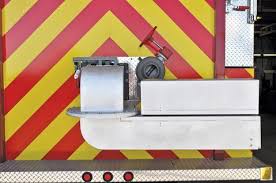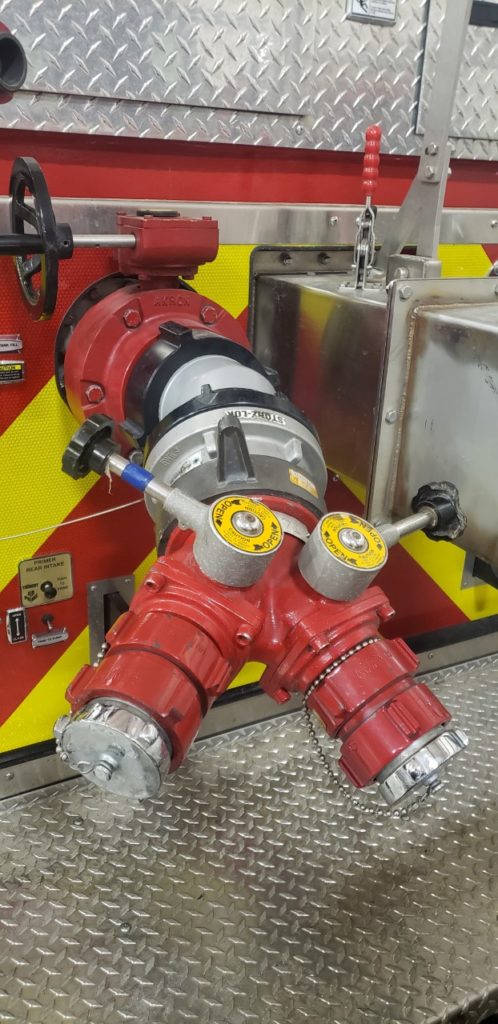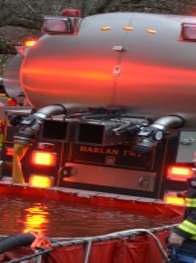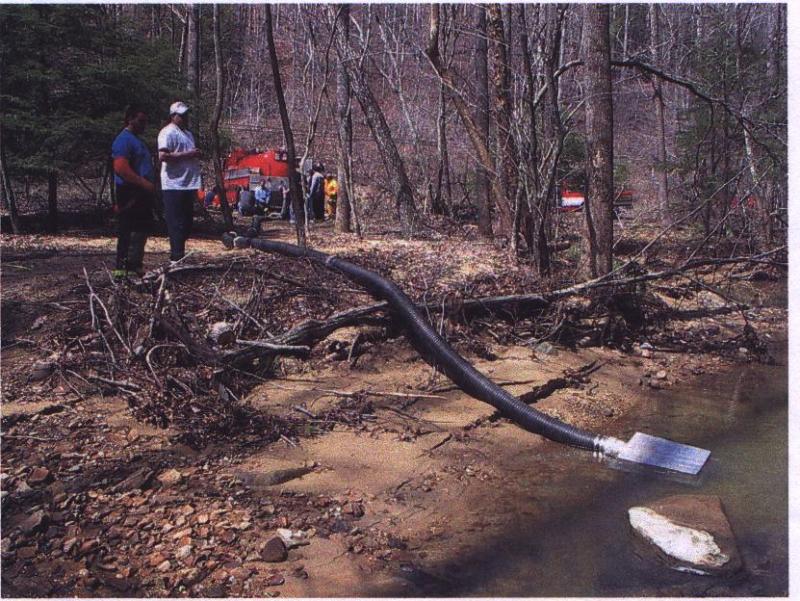
By Bill Adkins
Shuttling water is a right of passage when fighting fire in rural communities. When hydrants are not available, we must use tankers/tenders to shuttle the water from either a hydrant miles away or find a nearby static water source. To effectively shuttle water from either choice you need to have the proper equipment ready for the task.
Not all departments have in their budget to build a top-of-the-line type of tanker. Depending on the departments current resources, sometimes all that is needed is a chassis and a tank. Either way, you will not want to simply tell a manufacture to sell you a tanker that fits their needs. It is time to tell the manufacture to sell you a tanker that will work best for your needs.
RELATED
Setting Up Your Nurse Tanker for Fast and Effective Operations
Apparatus Setup for Your Rural Water Movement Needs
Taking a closer look of functions a shuttling tanker will do. 1) Dumping its water into a dump tank. 2) Receiving water from a hydrant or from a fill site apparatus and 3) Possibly driving or backing down narrow roadways and driveways.

Dumping Water
Tankers should be able to dump water on three sides of the apparatus (usually rear and both sides). You will see some tankers have electronic or pneumatic controlled dumps that can easily be dumped from the cab of the truck. This makes for the ability to dump from multiple sides into multiple tanks at the same time. I would recommend getting the largest dump valve you can afford. Another option is to get multiple dumps on each side. This allows you to dump at a quicker rate. Again the goal here is to dump as quickly as you can so you can return to the fill site.
If you are building a tanker on a budget, ordering electronic or pneumatic dumps may not be an option for you, however you are still able to order a dump that allows you to dump on all sides. One option is the Newton swivel dump. This is one of the most cost-effective options currently in the industry today.
Receiving Water

Setting your tanker to receive water depends on what supply line you and your mutual aid departments use. Take the time to think of your neighboring departments when ordering your fittings. Even if you normally use LDH doesn’t mean you will always use LDH on every water shuttle. Depending on your personnel LDH, even though it flows more water, may not be the most practical. For example, in rural areas we do not always have the option to have all our members that are young, strong, and physically fit. It may be more practical for your shuttle tanker to have multiple 2 ½- or 3- inch inlets instead of only having the option for LDH. If you are going to use smaller supply lines have your tanker set up to receive from multiple inlets and areas.
A cheap way to give your tanker options for both LDH and smaller supply lines is to have the manufacture make the inlets large diameter and place reducers on those inlets permanently. You do not want you have a small inlet with a fitting to LDH. This will reduce your ability to receive larger volumes of water when using LDH.
Driving To and From the Sites
Statistically driving tankers to and from emergency incidents are one of the most dangerous things in the fire service. So many accidents are reported every year and the majority of those accidents are from driving tankers. Why? They are one of the heaviest vehicles most firefighters will ever drive. When do we drive them? When there is an emergency and firefighters feel they need to respond in a hurry. We have come a long way over the years in drivers’ safety but in no way we are where we need to be.


What can we do to help minimize some of these accidents? First thing we can do is to equip our tanker with the safety features required by NFPA. If you are signing waivers to get the tanker you want, you may want to think again. Second, you can spend a little extra money to add any additional safety features to your rig. A few thousand dollars here may save you hundreds of thousands later.
There are tons of options out there to help make your rig safer and I could go on and on about those options, however the one option I want to mention today is a relatively cheap option that can help your operators tremendously. Lighting is that option. My recommendation to each of you is to spend the little extra money you may have to get the best lighting package you can afford. No, I’m not talking about your emergency lighting. I’m talking about your headlights, spot or flood lights, turn signals, and brake lights. A lot of our emergency calls are at night and whether you are driving to or from the emergency incident or backing down that narrow driveway you will want to see where you are going.
The Ultimate Shuttle Tanker

If your department is looking for the ultimate shuttle tanker, then take a look at vacuum tankers. The vacuum tanker has proven to shuttle more GPMs per person than any other tanker. Vacuum tankers are designed to dump and receive water at a much faster rate than conventional tankers. One person can very efficiently operate a vacuum tanker freeing up a second person to assist on the fireground.
Dumping water using a conventional tanker goes fast when the tanker is full, but once the tanker gets below half, the volume drops considerably. This decreases the GPMs being dumped. This is because conventional tankers dump at atmospheric pressure (roughly 14.7 PSI). Vacuum tankers dump at approximately 5 PSI above atmospheric pressure. This results in constant maximum GPMs until the tanker is completely empty.
Receiving water is much more efficient as well. Vacuum tankers don’t rely on filling stations. A vacuum tanker can self load at 1,000 gpm. Water sources that are usually passed over by other tankers can be used by vacuum tankers. There are times where a vacuum tanker has filled from more than 120 feet away from its water source and has also filled from as much as a 28-foot vertical lift. So, when other tankers may need to go miles away from an incident to fill, a vacuum tanker can go to a much closer static water source.

Final Thoughts
When getting ready to order your next tanker, please take the time to research your options. What you thought you needed may not be what is best for your department. Set your shuttle tanker up for a smooth operation. Train your personnel to use the tanker the way it is intended. I hope this article shed some light on the many options a simple shuttle tanker can have.
BILL ADKINS is a captain with the Loveland-Symmes (OH) Fire Department Training Division/Maintenance Division.

